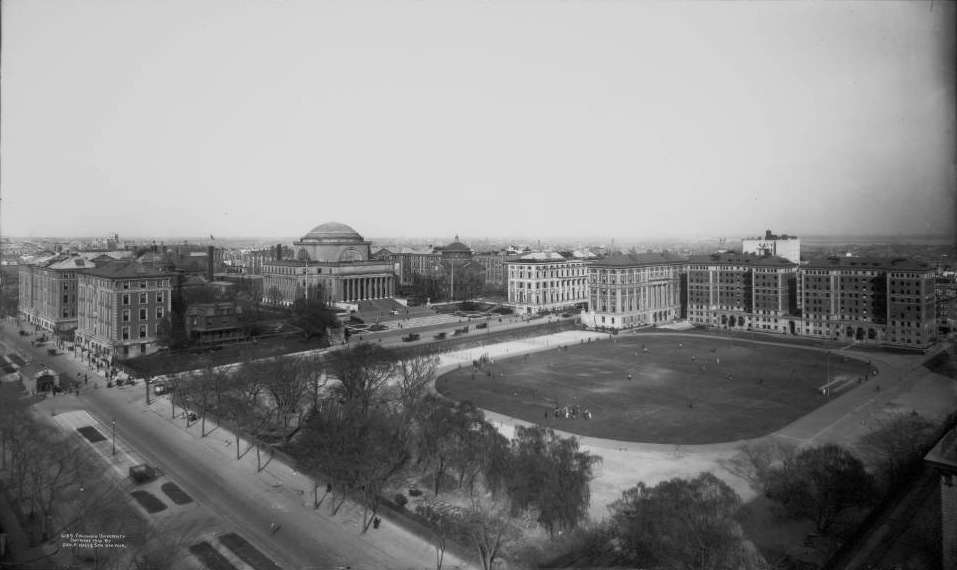Hermann Joseph Muller was an American geneticist and winner of the 1946 Nobel Prize in Physiology or Medicine.
Muller graduated with a B.A. in zoology from Columbia University in 1910, where he took courses with pioneering geneticist and zoologist E. B. Wilson. Muller also received an M.A. in physiology and a Ph.D. in zoology from Columbia. His Ph.D. thesis on the mechanism of crossing over in genetics was advised by Thomas Hunt Morgan in his preeminent fruit fly lab.
After obtaining his Ph.D., Muller taught at Rice University, Columbia, and the University of Texas at Austin, where he began his studies on mutations. He developed some of the core principles of spontaneous gene mutation, and in 1927 he found evidence for the increased production of mutations as a result of x-ray irradiation. This discovery opened up many lines of future work and was the basis for Muller’s 1946 Nobel Prize. Muller spent the majority of the 1930s abroad, working in Germany, Russia and Scotland. He returned to the United States in 1940. He was a professor at the University of Indiana, Bloomington, from 1945 until 1964.
In 1943 and 1944, Muller acted as a civilian advisor to the Manhattan Project, and from 1946 to 1948 he advised the U.S. Atomic Energy Commission. Muller became a prominent advocate against nuclear weapons testing, signing the Russel-Einstein Manifesto in 1955 and a petition to the United Nations in 1958 to end nuclear weapons testing.
During his career, Muller authored over 300 papers and a handful of books on his biological research. He died on April 5, 1967, at the age of 76.





